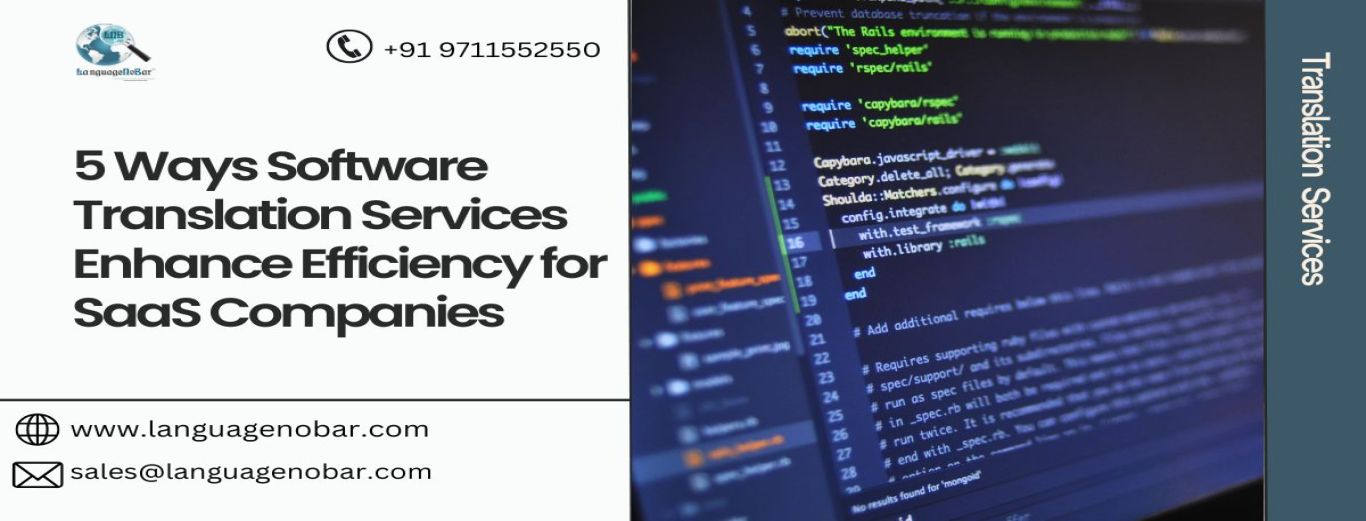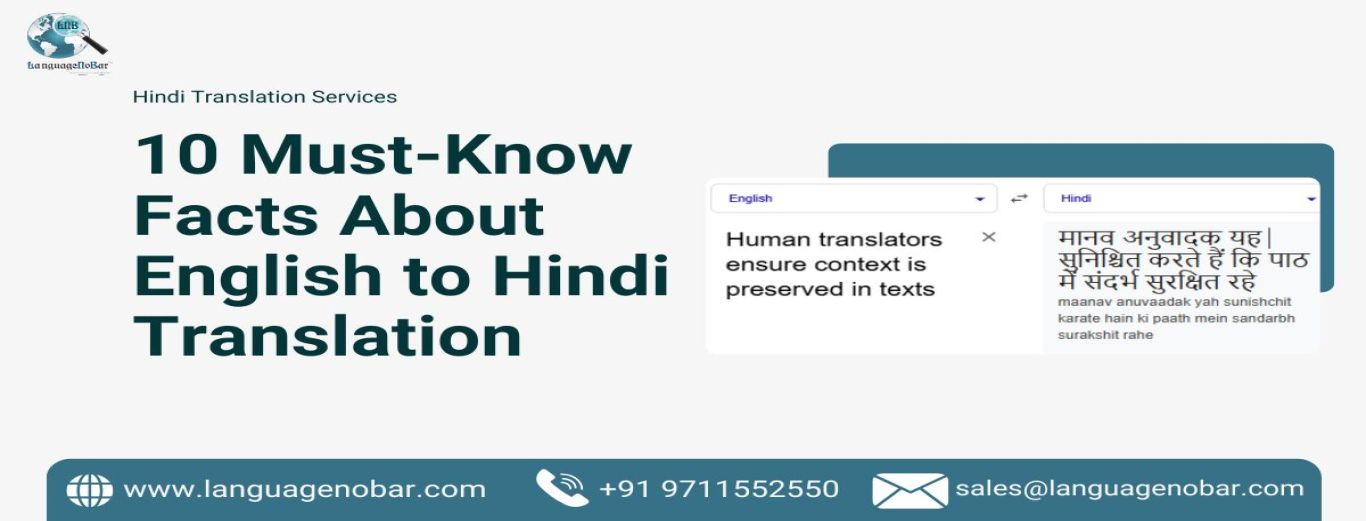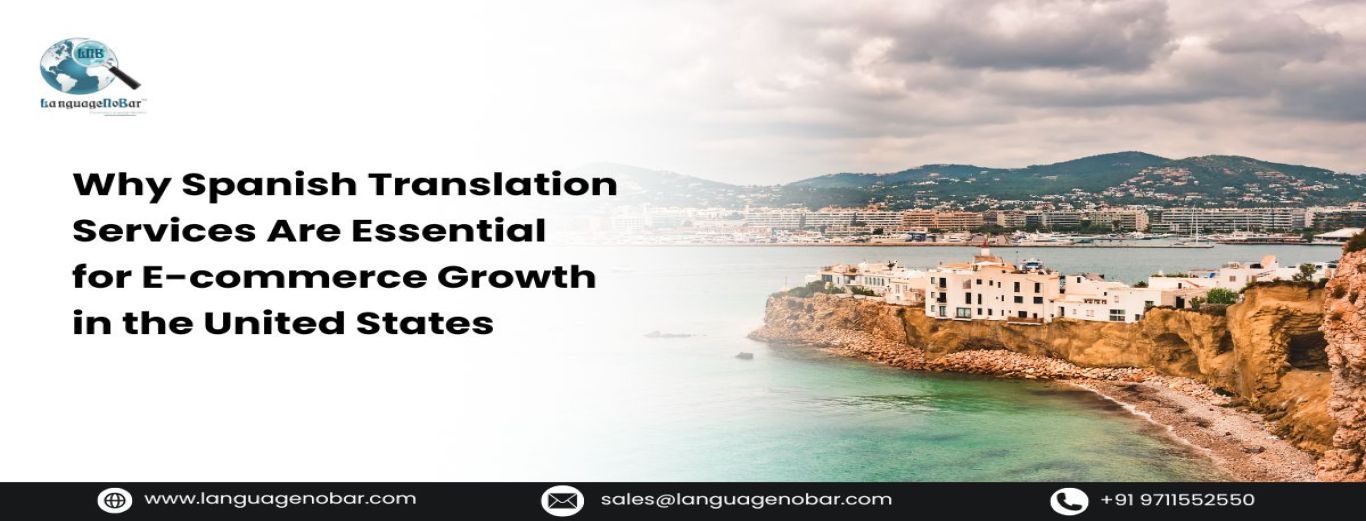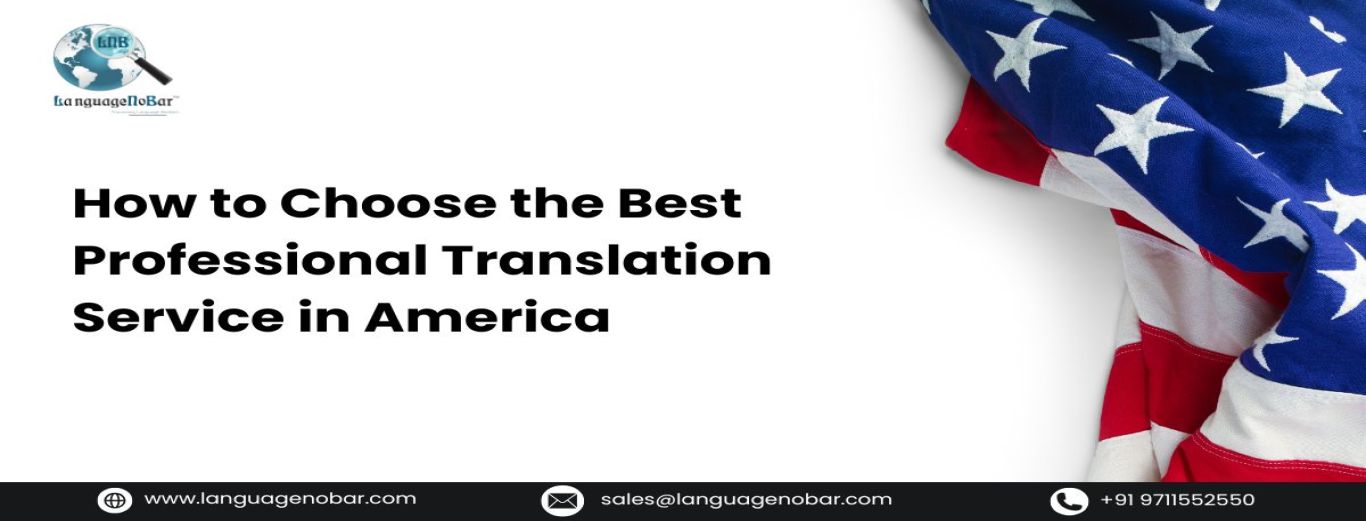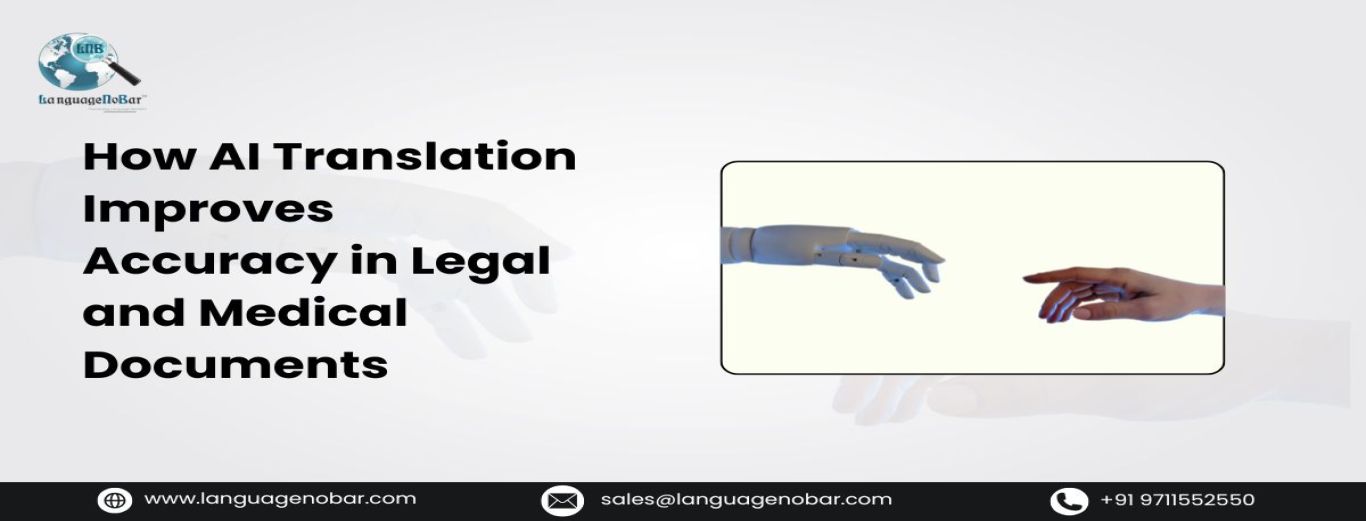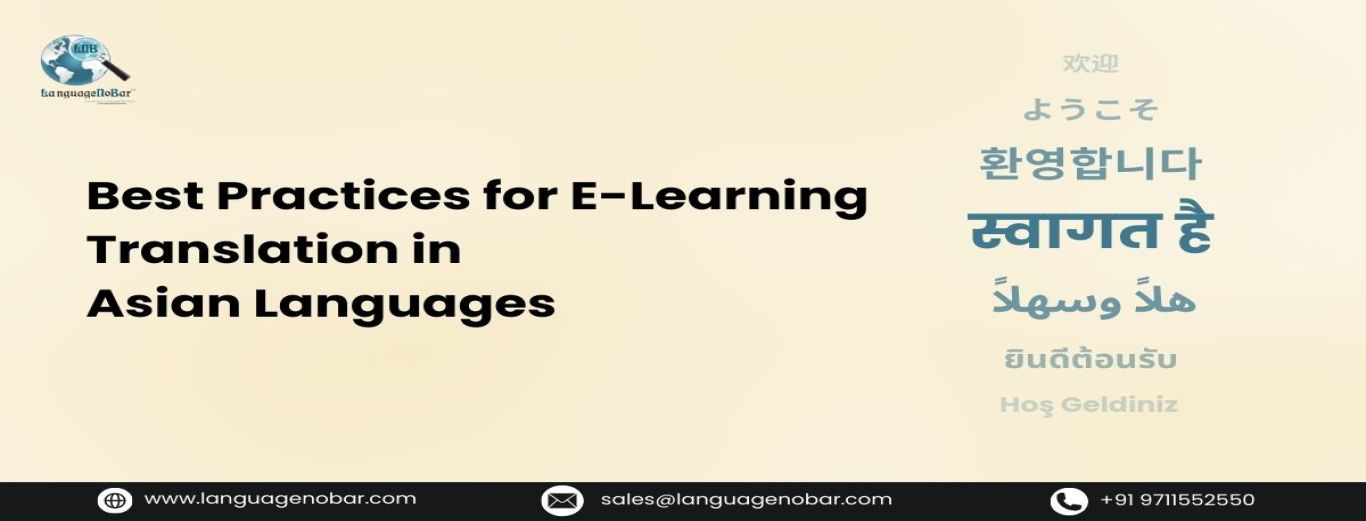5 Ways Software Translation Services Enhance Efficiency for SaaS Companies
- Blog
- Comments (0)
5 Ways Software Translation Services Enhance Efficiency for SaaS Companies
Have you ever wondered why when you use an app, though you cannot put a finger on it, you simply love the feeling of it? Every element in the user interface holds so much significance that it can make or break the adoption of the software. Localization helps in connecting people's local language and culture to your SaaS product, creating loyalty. Localizing your Software-as-a-service is when the text, images, and other media are translated to be culturally appropriate for a different country. While a lot of icons and actions have become universal, you still need to understand the pulse of the target audience to rewrite your software content. Software translation services work as a bridge between your business and a completely new audience.
Image credits: ChartMogul
Why and how to optimize SaaS for local taste?
In the universe of Software and platform services, if you don't scale, you are bound to fail. The sheer cost of research, development, and innovation can only be recouped if you attain maximum market expansion and penetration.
Localization drives not just increased customer acquisition but elevates user experience and satisfaction. If you are selling a complex B2B tool, having features in the native language eases user onboarding and training, reducing queries.
You will need translation services to integrate with your customer support team to translate customer queries, keeping the communication open and trustworthy.
However, keep in mind that localization is not internationalization. Internationalization develops a product to support multiple languages and user behavior while localization helps your existing product to adapt to a new market and culture.
What content needs Localization?
All UI text content will need to be translated and localized. Dates are written in different formats based on the ongoing practices in the court. Labels and icons need to be culturally appropriate. Currency, numbers, decimals, and comma separators can create confusion if not adapted appropriately. One could always remember how YouTube used Millions and Billions in India where Lakhs and Crores were common parlance, so they had to adapt accordingly.
Payment gateways are a crucial space for localization. In China, it is Alipay, while in India, it is UPI. Knowing which payment systems are widely used, what they are called, etc., is vital in building consumer trust.
How do Software Translation services improve efficiency?
1. User Experience
With the amount of brainstorming that goes into even the simplest UI, you would think the user will be floored by placing the icon on the top right rather than the top left. What a common user always wants is the app to talk to them, maybe not quite figuratively, but interact with them seamlessly. It saves energy and time for users, keeping them happy to continue using the service. There will also be more trust in the system as many will be sensitive about data privacy.
2. Working with interface elements
Unlike plain, simple text, software interface and formatting involve many complications. You will need to understand the space availability and proportion to decide on effective wording. Translators will work with the product team to achieve effective translation without compromising information quality.
3. Keeping it professional
Certified translation services work as agencies that will help in converting the content into another language coherently. This reduces the load on the internal team, helping you to docs on the product and marketing. This boosts team efficiency while giving you insights from translators who have experience in the software translation niche.
4. Benefitting from automated workflows
Experienced website translation services already have systems like Translation Memory and Computer Aided Translation (CAT) in place to help you deliver high-quality content faster. They enable consistency across various platforms like web and mobile applications. They will also help in streamlining content for every update of the SaaS product.
5. Collaborating for the better
Incorporating translation services into your product and ERP systems will help you internally. This would promote multilingual team collaboration, providing you with better consumer insights from the target country. Many SaaS companies hire native speakers while scaling a product to a new territory who will be able to sell the product better if they can relate to the client with common language. Clients will also prefer a tool widely accessible in their organizations, devoid of any language barrier.
Image credits: Technavio
What to keep in mind?
Keep your expectations realistic. There could be many funny and off-beat terms in your SaaS, especially if it is B2C, which may not be the best cultural fit when you translate. In B2B SaaS, you will also need to work with efficient translators with niche experience to translate all the industry jargon
Localization is a long-term exercise. With new features and product releases, you will need to keep up with news translations. Maintenance and cross-checking are always needed for any potential errors. Short-term and haphazard localization can do more harm than good. Ensure you and your translation partners are in it for the long run.
The effect of localization is a combined effect of how good your translation is plus how eager the target countries' audience is to use the software in their language. For many South Asian nations with a high influence on English education, people could be indifferent to localization. While in European and South American nations, the majority of the business works in their mother tongue and would expect your software to speak in their tongue.
Localization is not limited to language. There is also a great need to understand the culture, context, and consumer psychology of what makes them adopt the software.
Our team at LanguageNoBar specializes in 250+ languages with native translators who deeply understand user behavior and cultural context. Our team works with you through your product journey, enhancing user experience with each translation.

